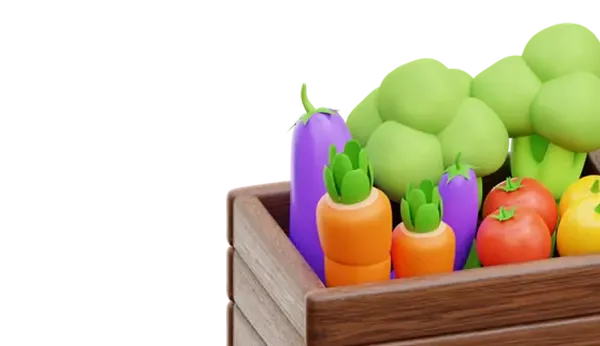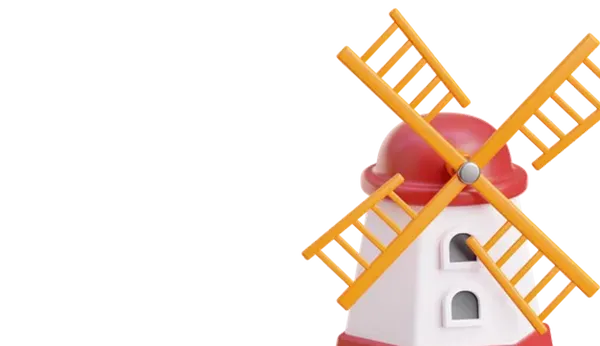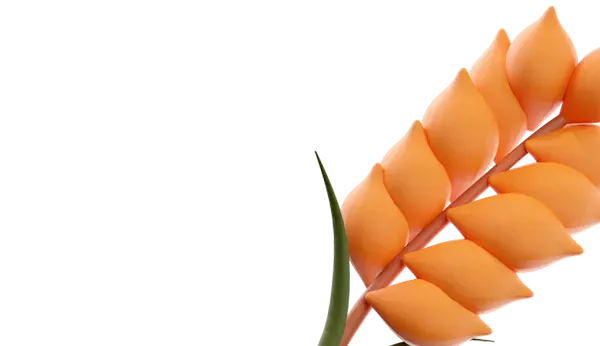Nutritional Needs of Petunias in July
In the current month, blooming petunias require enrichment, preferably using fertilizers with high phosphorus and potassium content. Towards the end of July, preference should be given to blends with higher potassium (K) and phosphorus (P) content and reduced nitrogen (N) content. Specifically formulated fertilizers for flowering plants of mixed composition should be used.
Energy Source
Potassium (50%)
Supports intense leaf color and flowering. Potassium also extends the flowering period, increases stress and infection resistance. Additionally, it plays a key role in managing moisture balance and promotes abundant flowering.
Phosphorus (30%)
Supports the formation of buds and flowers, aids in root system development, and metabolic exchange.
Nitrogen (1%)
Necessary for stimulating the growth of petunia shoots and leaves.
Micronutrients, such as boron, iron, zinc, magnesium, and others play a significant role in the life of petunias. These elements should be present in chelated form for better plant absorption.
Nutrient deficiencies manifest as follows:
- Slowed growth;
- Appearance of small buds and flowers;
- Loss of leaf brightness and dullness underneath;
- Change in leaf shape.
Optimal Fertilization for Petunias in July
When caring for petunias, it is important to use both mineral and organic fertilizers.
Mineral Nutrients
Single Potassium Phosphate. For root feeding, dissolve 1 teaspoon (5–7 g) of fertilizer in 10 liters of water. Distribute the mixture evenly, fertilizing the plant after moistening the soil. The fertilizer application should be done carefully, next to the roots, in the early morning or evening.
Crystal Flower for Petunias (Fertika) contains NPK in a ratio of 19:6:20, as well as magnesium and micronutrients. To prepare the solution, dissolve 20 g of fertilizer in 10 liters of water and apply immediately. Before applying the fertilizer, water the petunia with warm water for 1–3 hours, and then place the fertilizer near its roots.
Organic Fertilizers for Petunias in July
Ash Solution Infusion
To prepare, dilute 200–250 g of wood ash in 5 liters of water. Strain the resulting composition and apply it to the root of each plant after watering. The recommended amount is 0.5 liters per bush. This option can be used as an alternative to complex fertilizers.
Ash contains phosphorus (up to 1.4%), potassium (up to 10%), calcium (up to 30%), magnesium (up to 2%), and other micronutrients, such as manganese, boron, iron, zinc, and others.
Banana Peel Treatment
A rich potassium, phosphorus, and magnesium infusion is made from fresh banana peels.
Recipe:
Prior to this, thoroughly clean the peels of ripe bananas, chop them, and soak them in water at a ratio of 1:3 (peel:water) in a glass or plastic container. After 1-2 days, strain the infusion and dilute it in water at a ratio of 1:3 before applying it to the roots.
The fertilizer made from banana peels stimulates root formation and metabolic exchange, strengthens immunity, and promotes photosynthesis, suitable for all types of plants.
Effective Fertilization Scheme for Petunias in July
First Week: High potassium and phosphorus fertilization (during the budding stage).
Applying potassium-phosphorus fertilizers, including potassium monophosphate, to the roots or leaves increases resistance, flowering, promotes bud formation, and prolonged flowering.
Note
Potassium-phosphorus blends are ideal for enriching petunias regularly throughout the season.
Second Week: Foliar Boron Feeding.
Applying boric acid fertilizer through the leaves stimulates flowering and boosts immunity. It is important to adhere to the dosage to avoid negative consequences.
Boric acid should be dissolved in warm water and treated on petunias early in the morning or evening, avoiding direct sunlight. Repeat feeding every 2 weeks.
Third Week: Applying organic fertilizers, including herbal infusions.
Prepare nutrient mixes from various seedless herbs like burdock, nettle, or dandelion. It is effective to apply them to the roots, diluted with water. Watering should be increased 1–2 weeks before fertilization.
Fourth Week: Potassium Nitrate Application.
Potassium nitrate enhances flower brightness, duration, abundance of flowering, and strengthens immunity. Apply to the roots (1 tablespoon per 10 liters of water). Basic principles of fertilizing different types of petunias in July.
Depending on the type of petunias:
**Trailing Varieties**
For trailing varieties in the budding and flowering stage, it is advisable to use phosphorus and potassium fertilizers every week.
**Bushy Varieties**
Many varieties of bushy petunias in July require bush shaping. We recommend pruning the plants and using phosphorus-potassium complex fertilizers once a week.
**Cascading Types**
It is recommended to feed cascading plants every 6–10 days using fertilizers with micronutrients and phosphorus-potassium compounds. Towards the end of July, adding iron is advisable to avoid leaf yellowing. For best results, alternate root and foliar feedings.
Common Mistakes When Fertilizing Petunias in July
An excess of nitrogen leads to increased foliage at the expense of flowering.
Excessive nitrogen use stimulates leaf growth instead of flowering, disrupting the plant's aesthetic appeal.
Watering with cold water → negative effect on roots.
Cold water can stress the roots and weaken petunia development.
Applying fertilizers during the day → leaf burns.
Moist fertilizer droplets on leaves during daylight hours cause burns, adversely affecting plant health. It is recommended to fertilize in the evening or morning.
<














